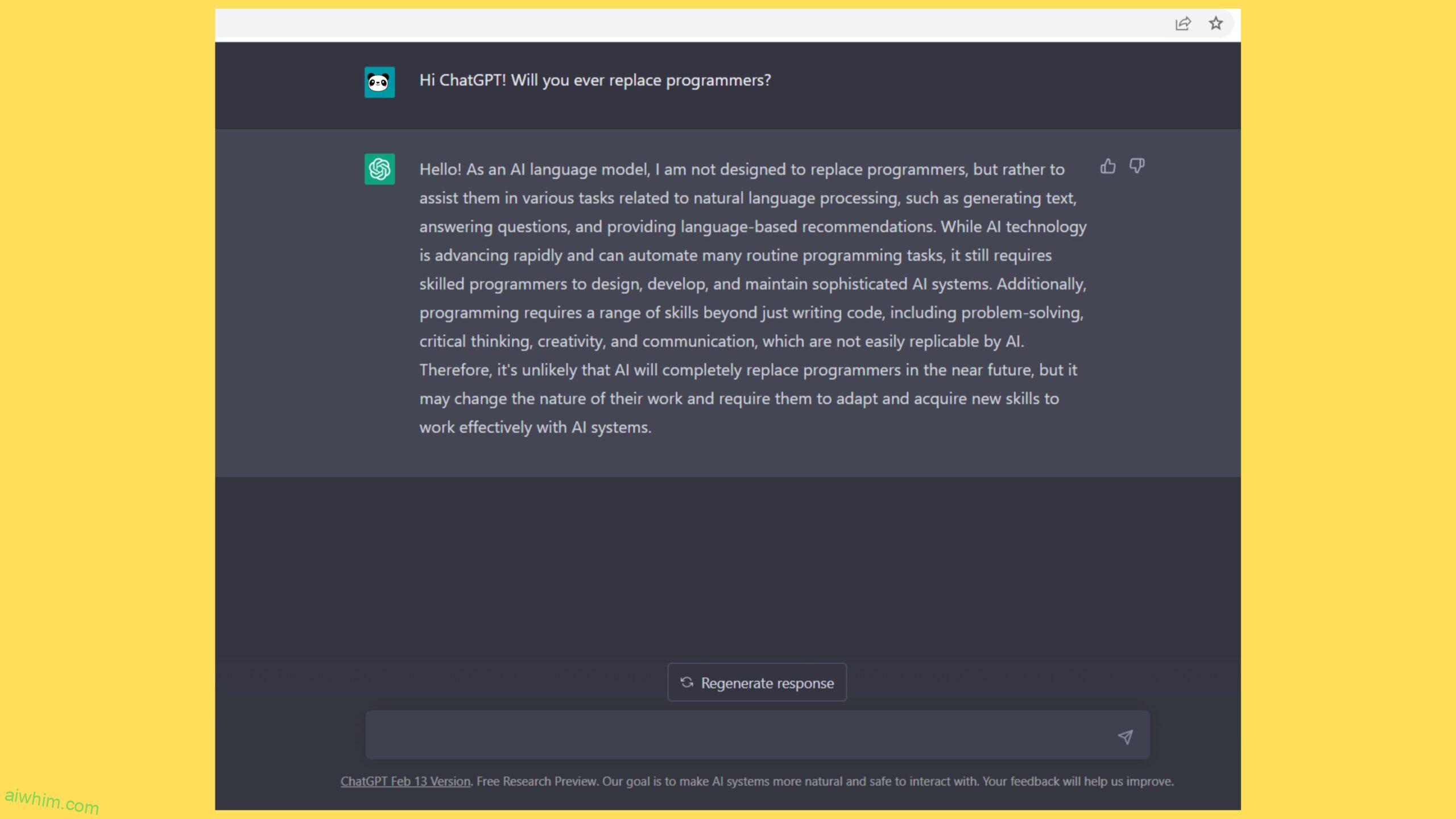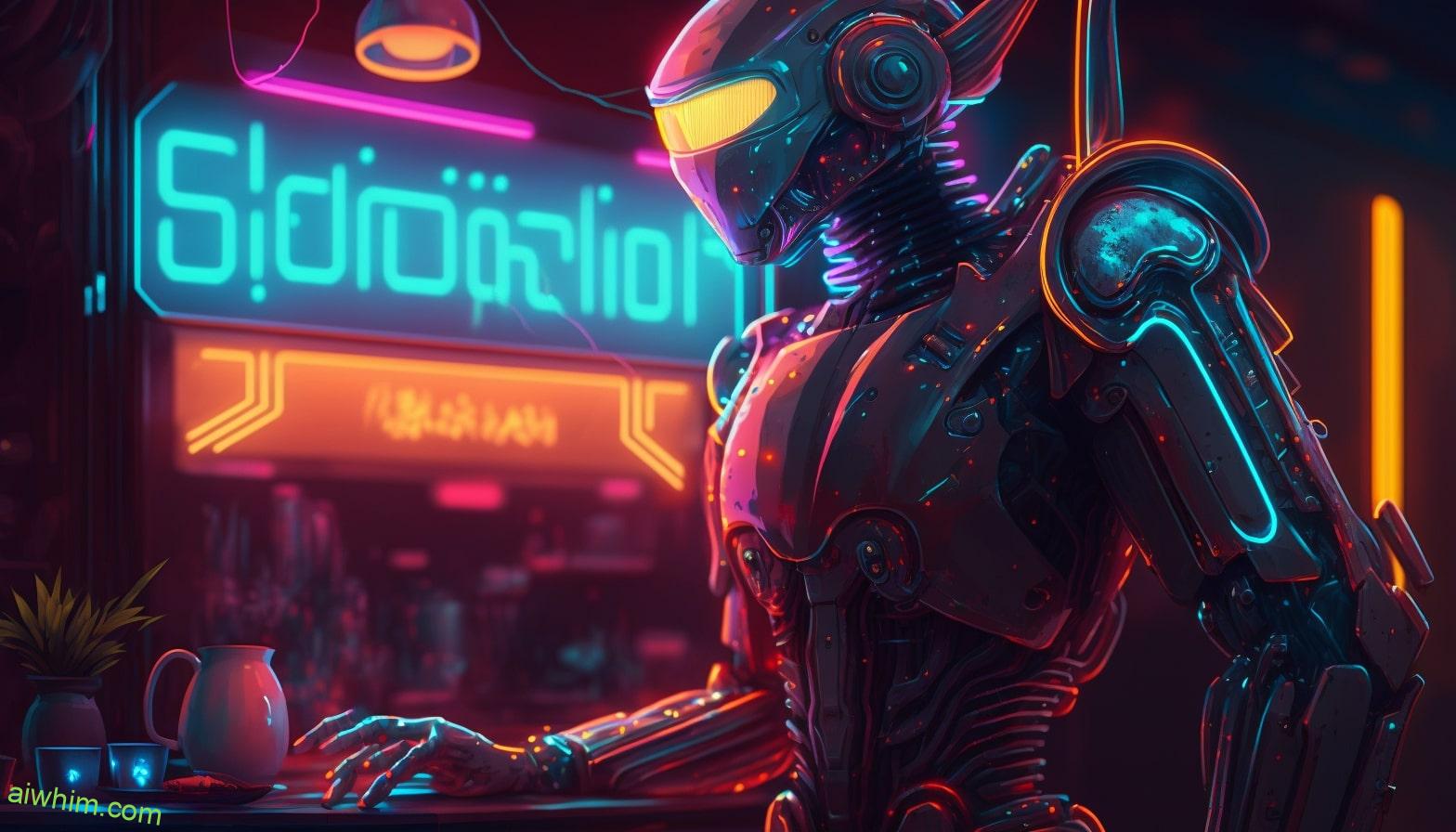The world of translation is changing rapidly. With the introduction of artificial intelligence (AI) technologies, some are wondering if human translators will soon be replaced by machines. One such technology is ChatGPT, an AI-powered chatbot that can translate conversations from one language to another in real time. Could this new technology spell the end for translator jobs? This article will explore this question and examine what it might mean for those who rely on translation work for their income.
As our global economy continues to expand and develop, we are becoming more connected than ever before. Businesses need to communicate with customers around the globe, which means they must either employ a multilingual workforce or outsource translation services. For many freelancers, translator jobs have become a source of both financial stability and creative expression. But with the arrival of ChatGPT, could these valuable positions soon disappear?
For anyone looking to make a living as a professional translator, this issue has serious implications. If machine learning can do faster and better translations at a fraction of the cost—and without needing breaks—it’s easy to see why companies would choose that route over hiring humans. In an age where automation and efficiency often come first, there may not be much room left for individual creativity or freedom. How should professional translators respond if automation threatens their livelihood? Read on to find out!
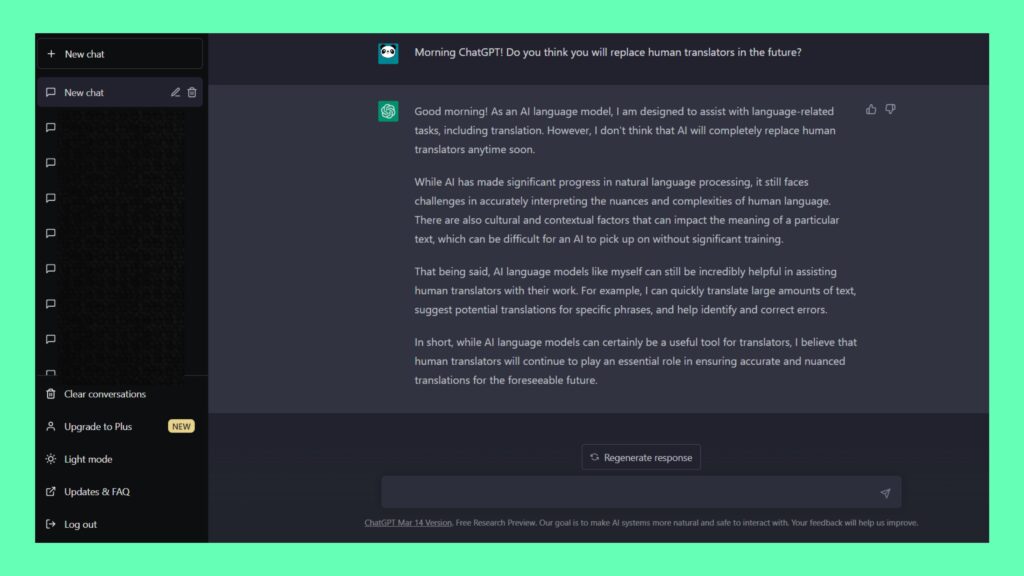
Definition Of ChatGPT
ChatGPT is a type of natural language processing technology that uses artificial intelligence to generate human-like conversations. It’s designed for use in conversational applications such as chatbots and virtual assistants, allowing machines to interact with people in the same way humans do. ChatGPT can be used to create interactive experiences or automate customer service tasks.
The technology works by understanding input from users and generating appropriate responses based on its knowledge of the conversation context. For example, it can understand questions about product details or pricing, then provide accurate answers without having to look up information manually. Additionally, ChatGPT has the capability to learn over time so that it can better respond to user queries. This makes it an ideal tool for businesses looking to improve their customer service operations and increase efficiency.
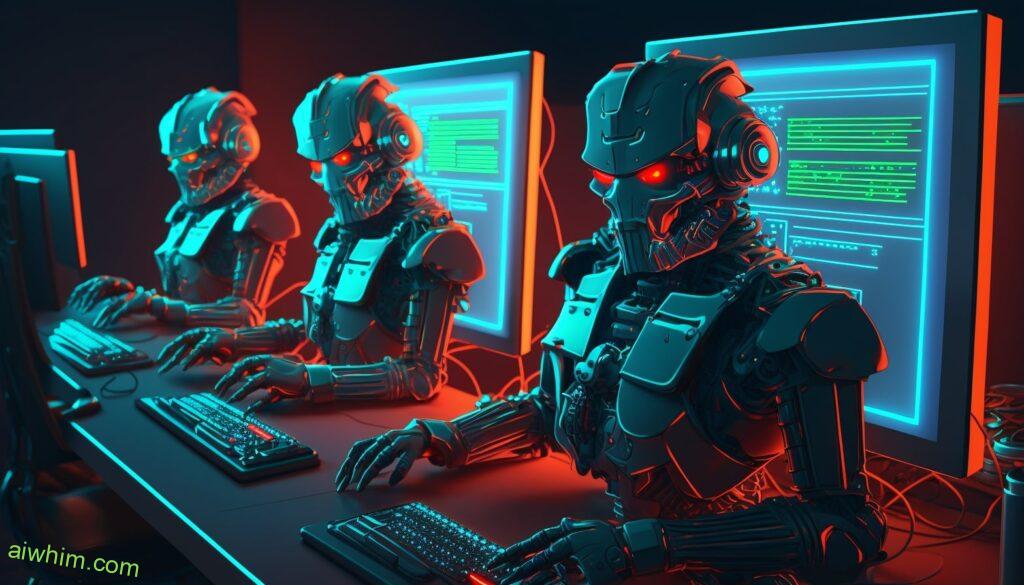
Overview Of Translator Jobs
Translator jobs are like the tightrope walker of the job market, balancing between cultures and languages. They bridge communication gaps for speakers of different tongues, helping conversations to flow without a need for outside interpretation. But in this day and age, with technology advancing faster than ever before, is there still room for human translators?
In many cases, yes! While chatbots and AI programs can offer translation assistance on simple phrases or words, they have difficulty recognizing complex grammar rules or understanding context within sentences. Translators often specialize in certain areas such as legal documents that require specific language knowledge; something computer algorithms cannot yet handle reliably. Additionally, translators must understand cultural nuances when dealing with topics relating to history or religion – something machines lack the capacity to do accurately. It’s clear then that humans still provide an invaluable service which no machine could hope to replace completely any time soon.
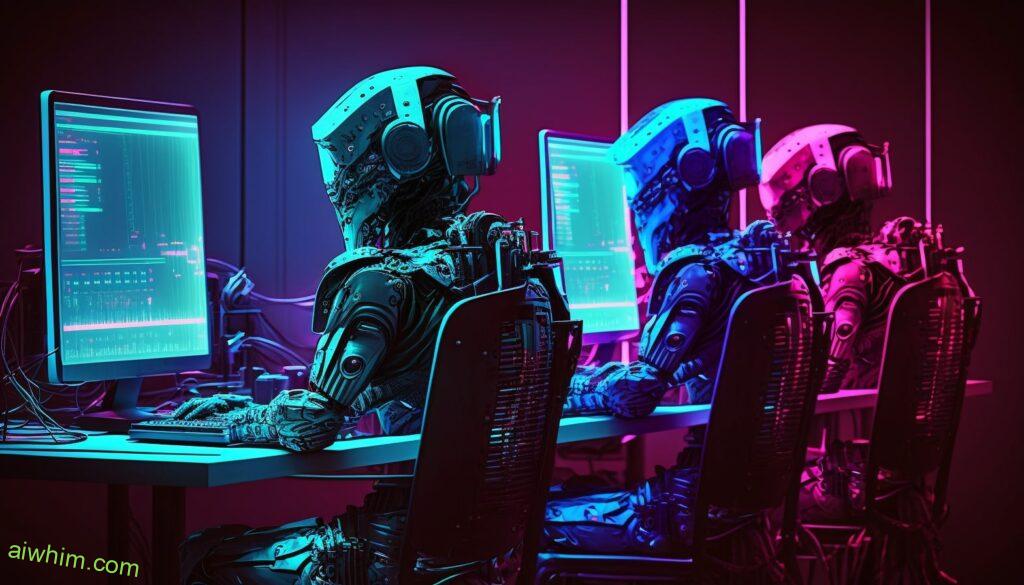
Benefits Of ChatGPT Technology
The potential for ChatGPT technology to replace many of the tasks in the human translator jobs is however undeniable. This innovative artificial intelligence-driven technology has the capability of translating multiple languages quickly, accurately and even adapting translations on the fly. Furthermore, it can provide real-time interpretations in a variety of contexts with its natural language processing capabilities.
ChatGPT offers some clear benefits that could significantly improve translation services over traditional methods. For instance, this technology eliminates the need for expensive human translators by providing an automated solution at a fraction of the cost. Additionally, as it removes manual errors associated with human error, such as typos or incorrect word choice, accuracy and reliability are increased while turnaround times are drastically reduced. Finally, being able to keep up with rapidly changing digital landscapes means chatgpt solutions remain relevant and responsive to customer needs at all times – something no human translator can claim!
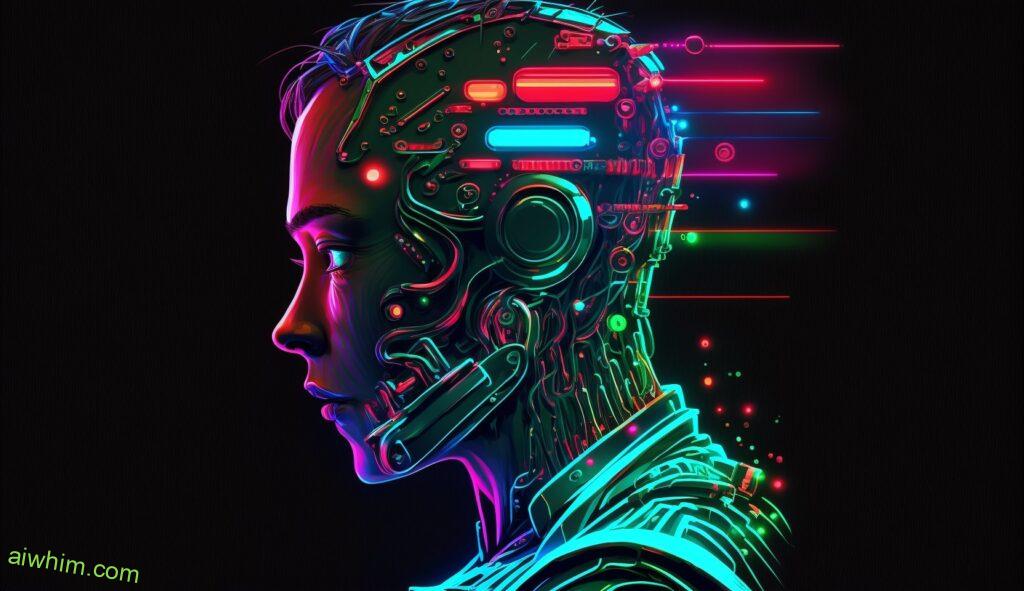
Challenges With Current Translations Systems
The widespread use of technology in our lives has been a double-edged sword. On one hand, it has allowed us to do more with less effort and cost; on the other, it has come at the expense of many jobs that have traditionally been filled by humans. Nowhere is this truer than in the translation industry: automated services such as various GPT models are proving increasingly capable of taking over even complex tasks like language translation.
This raises several challenges for those working in the area. Firstly, there’s the potential loss of income for experienced translators who may find their skills no longer valued or needed due to advancements in AI technology. Secondly, there’s an element of quality control – how can we be sure that machine translations will provide accurate results? Finally, there’s a risk that cultural nuances could be lost in purely automated processes, leading to incorrect interpretations or misunderstandings between different parties.
- To sum up these points:
- Loss of income for experienced translators
- Quality control & accuracy issues
- Risk of cultural nuances being lost
These challenges present a dilemma – should businesses continue investing time and money into developing human translators when new technologies offer faster and potentially cheaper solutions? Ultimately, only time will tell whether GPT and similar systems will replace traditional translators entirely or if they’ll simply complement each other in today’s global marketplace.
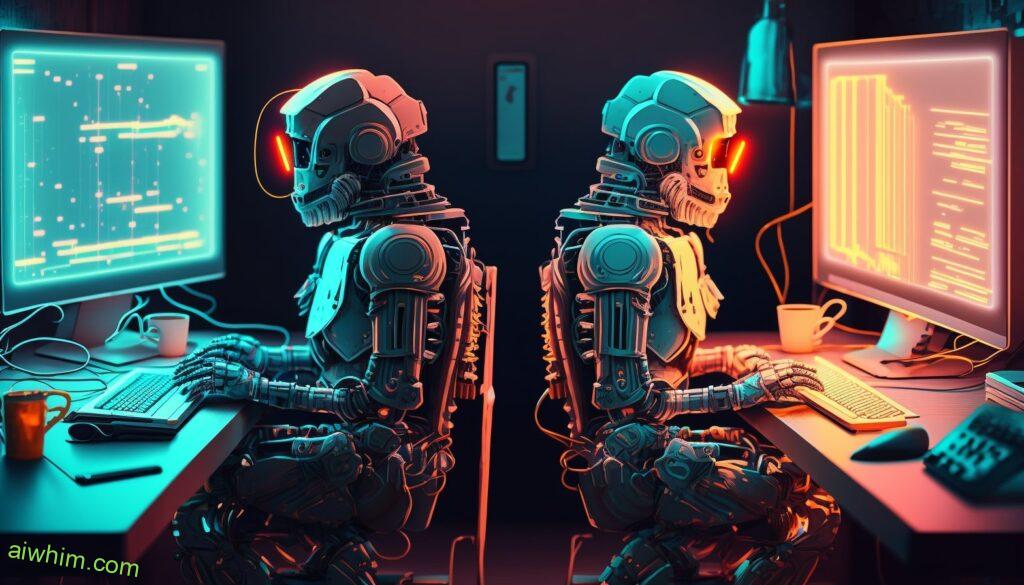
Artificial Intelligence In Translation
No one can deny that AI has revolutionized the translation industry. With its sophisticated algorithms and ability to understand even complex language, it offers a way for people from different countries to communicate in their native tongue without having to rely on human translators. However, there are still some aspects of translation which require human expertise. For instance, understanding slang or cultural nuances may be beyond the capabilities of an AI-based translator.
At the same time, the use of AI technology is becoming increasingly prevalent in many areas of translation work. Companies like Google and Microsoft have developed automated tools specifically designed for translating website content into multiple languages with ease. They also offer speech recognition software that can help turn audio recordings into written text quickly and accurately. As these technologies become more advanced, they have the potential to eventually replace some manual tasks currently performed by human translators.
In short, while Artificial Intelligence cannot completely take over all aspects of translation work just yet, it is already beginning to provide valuable assistance in certain scenarios where accuracy and speed are paramount considerations. As this trend continues to grow, we should expect to see further automation processes being adopted across various industries – including here in the field of translation services.
Accuracy And Quality Considerations
As AI-based translation systems become more prevalent, the question of accuracy and quality considerations becomes increasingly important. The use of chatbot technology in place of traditional human translators raises a number of interesting questions about how to ensure that translations remain accurate while at the same time providing cost savings. In this section we will discuss current methods for ensuring accuracy and quality control when using an AI-based translator system.
The first step towards achieving quality assurance is by establishing an acceptable level of accuracy for the translated text. This can be done through machine learning algorithms which measure similarity between source and target languages as well as measuring fluency and coherence in both languages. Once these levels have been established, automated programs such as GPT can then be used to make corrections or improvements within those parameters. Additionally, grammatical checks should also be put into place to ensure that all sentences adhere to basic rules of grammar within each language being translated.
Along with technical measures, there are also techniques that involve the direct involvement of linguists who review translations before they are released publicly. These experts not only look for errors but also provide feedback on style and clarity so that messages communicate effectively across different cultures and contexts. By combining effective software tools with expert oversight, organizations can create reliable translation systems that produce high-quality results without sacrificing costs or resources.
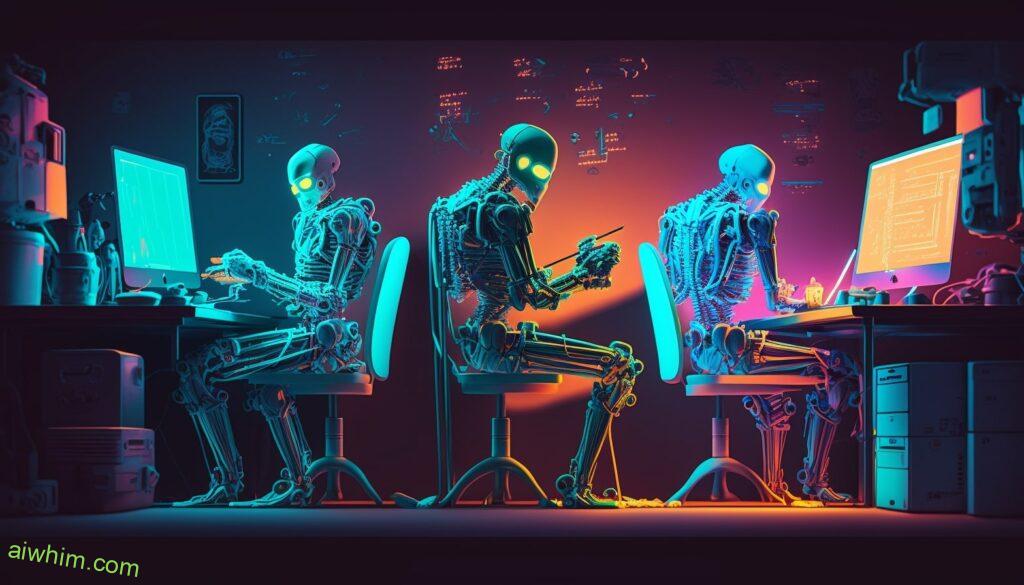
Impact On The Translation Industry
The impact of chatbot technology on the translation industry is undeniable. There’s no doubt that machines can provide translations quicker and more accurately than humans, with tremendous cost savings for businesses in need of professional translators. This could spell big trouble for the thousands of human translators around the world who depend on their jobs to make a living.
Chatbots are already being used by some companies as an alternative to hiring full-time staff; however, it’s likely that they won’t completely replace translators any time soon. Machines still have difficulty understanding nuances and cultural references, so until AI develops further, there will always be room for skilled linguists in the translation market. Human interpreters offer unique insights into language which cannot yet be replicated by machines – at least not without significant investment and development. So while chatgpt may threaten existing job roles, its influence should be seen more as a complement rather than competition to traditional translation services.

Adoption Rate Among Companies And Consumers
The question of whether chatbots will replace human translators has become a looming specter in the industry. The potential for automation to reduce costs and improve efficiency is undeniable, but many worry about what this means for their livelihoods. For companies who are keen to adopt new technologies, they may be quick to jump on board with using chatbot-based translations services. However, as we contemplate this shift, it’s important to consider how both businesses and consumers will react when faced with its implementation.
Symbolically speaking, the rise of automated translation services could be seen as an attempt at liberating language from traditional constraints; no longer bound by geography or culture, conversations can now span across continents without needing any physical presence. While there are countless benefits that come along with such convenience, people still have a deep-seated need for freedom in communication – something which chat bots alone cannot offer. If businesses want to make sure customers take to these new technology solutions quickly, then it’s essential they don’t compromise on quality or risk alienating users.
As we cautiously embrace the idea of transitioning away from manual labor towards more efficient forms of translation service offerings, perhaps the most sensible approach would be not just to focus on cutting costs but also on providing better user experiences through superior engagement and personalization capabilities. Ultimately, if companies get their formula right and strike a balance between cost savings and customer satisfaction, then adoption rates among both companies and consumers should increase significantly over time.

Ethical Concerns Surrounding Machine Translations
The prospect of AI-driven machine translations replacing human translators raises ethical concerns. As machines become more advanced, they are increasingly taking the place of humans in a variety of roles and responsibilities; this could have negative consequences for people who rely on these jobs for their livelihood. It is important to consider not only how machine translations might impact individuals’ economic prospects but also how it may affect cultural diversity and understanding between different languages.
Here are four key ethical issues that emerge when considering machine translation:
- The potential displacement of workers due to automation: If machine translations become commonplace, many human translators will likely be out of work as employers opt for cheaper automated solutions.
- Loss of language nuance: Translating from one language to another requires an understanding of both cultures involved, something machines struggle with. This means that certain nuances can get lost in translation, leading to misunderstandings or misinterpretations.
- Difficulty detecting errors: Mistranslations can occur if the right algorithms aren’t used or if there’s an error in the software code itself. Machines do not always catch mistakes which can lead to serious communication breakdowns.
- Lack of accountability: Since machines don’t take responsibility for their actions, any errors made by them cannot be traced back to anyone specifically. This lack of accountability makes it difficult to determine who should bear the costs associated with mistranslations caused by machines.
Machine translations offer tremendous potential benefits such as faster turnaround times and lower costs, yet these advantages come at a cost—namely our trust in technology and its ability to accurately convey meaning across multiple languages without compromising accuracy or precision. It is important to remain cognizant about the risks posed by relying too heavily upon automated solutions while still appreciating what they can bring in terms of increased productivity and efficiency.
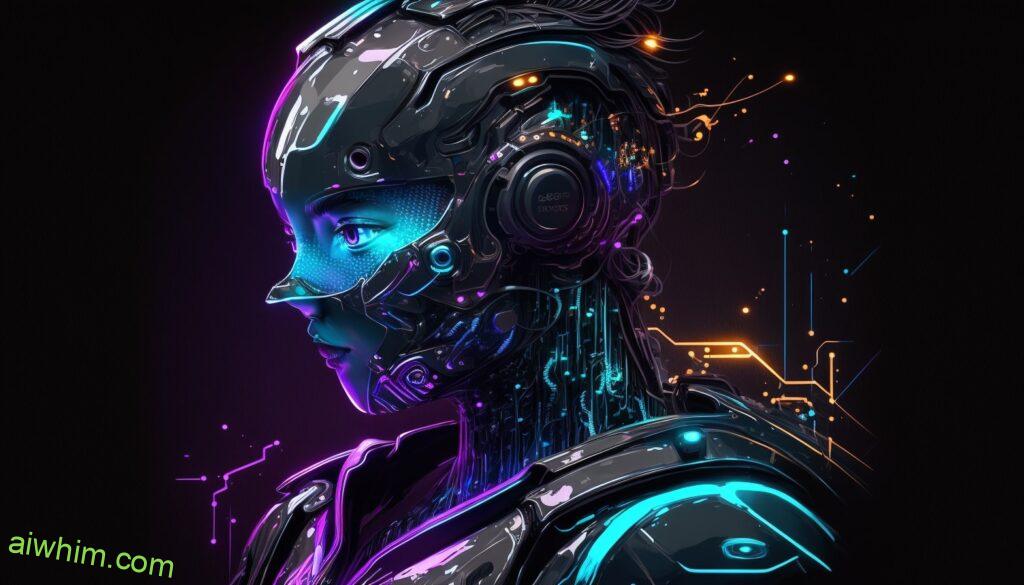
Risk of Job Replacement
With the introduction of chatbot technology, it could seem like a wild dream that translator jobs could eventually be replaced by AI. However, this tech is advancing at an unprecedented rate; so fast in fact, some might say it’s almost unbelievable! While chatbots have made significant strides in natural language processing and translation capabilities, they currently remain unable to replace humans when it comes to translating complex documents and conversations with nuanced context.
Chatbots are well-suited for simple tasks such as providing basic translations or responding to direct questions. But when more complexity arises, accuracy often suffers due to the lack of context recognition. Human translators still have crucial roles in understanding cultural nuances and expressions that cannot yet be replicated through automated processes. Additionally, while bots may learn from human input, they cannot yet make adjustments on their own without learning from data sets which can take time and resources to produce.
For now then, we can safely assume that human translators will not be facing a complete replacement anytime soon – though advancements in the industry should certainly keep them aware of potential changes down the line.

Future Predictions Regarding The Use Of ChatGPT
The potential of ChatGPT to replace translator jobs is one that has been discussed in length. It can be argued that with advancements in artificial intelligence, the possibility of this technology taking over translation tasks from humans may become a reality soon enough. However, it is important to consider how this development will affect both translators and those who rely on them for their services.
While ChatGPT could potentially offer more accurate translations than human translators at a lower cost, there are still some issues that need to be addressed before we can expect such a shift in the workforce. For instance, despite its accuracy, AI-based software like ChatGPT cannot yet account for cultural nuances that must be taken into consideration when translating between certain languages. Furthermore, many people feel uncomfortable having conversations with machines or robots which implies there would still be demand for human translators even if ChatGPT becomes widely available.
Ultimately, while the use of Artificial Intelligence could revolutionize many aspects of our lives including language translation, it’s hard to say what effect it would have on employment opportunities in the long run. As these technologies continue to develop further, only time will tell if they truly do take jobs away from human beings – or create new ones instead!

Professional Development Opportunities For Translators
The world of translation is a constantly evolving one, and staying on top of the latest developments can be intimidating. But it doesn’t have to be! Professional development opportunities for translators are abundant, offering new ways to enhance your skill set and keep you in the know about what’s happening in the industry. From webinars and online courses to conferences and seminars, there’s something out there that everyone can benefit from.
For those looking for more hands-on learning experiences, internships or mentoring programs can provide invaluable insight into how things work behind the scenes. These types of professional development opportunities allow you to network with experienced professionals who have been where you are now and understand your struggles first hand. And if you don’t find anything right away that speaks to you, why not create something? Developing your own project gives you an opportunity to explore topics that interest you while also giving back to the community by sharing your knowledge with others.
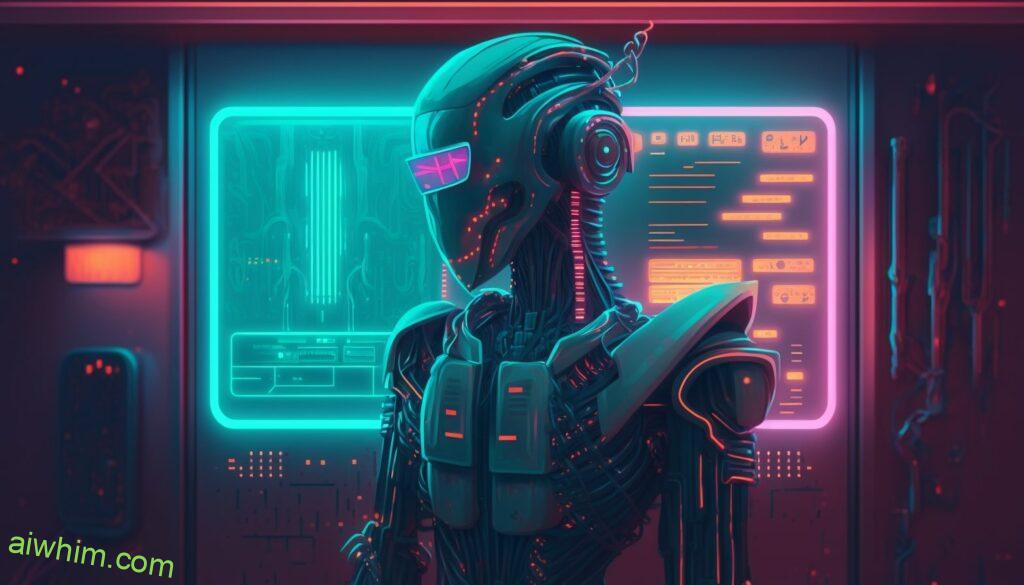
Best Practices For Integrating ChatGPT Into Businesses
Despite the potential of ChatGPT to replace translator jobs, there are still ways for businesses and organizations to leverage this technology without eliminating human labor. To make sure that ChatGPT is used in a way that complements or supports existing workflows, it’s important to develop best practices for integrating it into your organization’s operations.
The first step is to determine how much of your workflow requires automation. For example, if you have large amounts of data entry or document translation tasks, then ChatGPT could be used to automate those processes. However, if your workflow involves more complex tasks such as interpreting language nuances or providing customer service assistance, then relying solely on ChatGPT may not be the best solution. Instead, consider using a combination of automated services like ChatGPT and traditional human translators to maximize efficiency while maintaining quality control over the end product.
When deciding which parts of your process should be handled by humans and which can be automated with ChatGPT, think about cost savings versus quality control—and don’t forget about scalability. If you need rapid access to translated documents or customer support responses at scale and within tight deadlines, then automating certain elements might be beneficial since machines can usually perform these tasks faster than humans. On the other hand, if creating accurate translations or delivering personalized customer service experiences is paramount, then manual intervention from experienced professionals might be necessary. By carefully evaluating each aspect of your operation before introducing new technologies like ChatGPT into the mix, you’ll ensure that your organization takes full advantage of its benefits while protecting against any risks associated with automation.
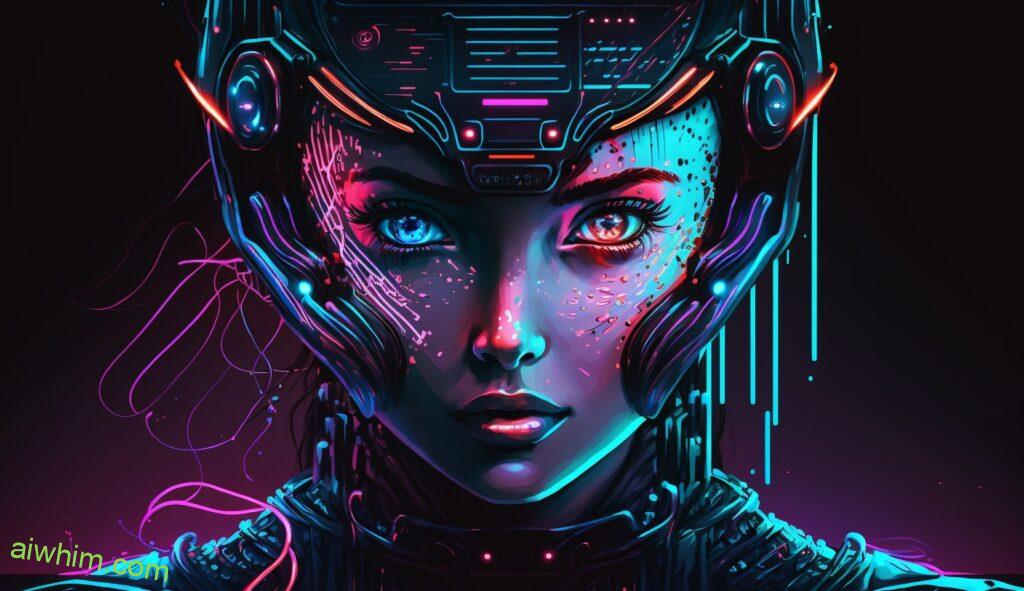
Conclusion: Can ChatGPT Replace Human Translators?
In light of the above evidence, it’s clear that ChatGPT cannot replace human translators. It may be able to assist with certain translation tasks, but its capabilities are still limited. For example, it can’t translate context or convey nuances between languages accurately.
At this stage, there is no substitute for human translators who understand language fluently and can interpret subtle differences between words in different cultures. They are also better equipped to handle complex phrases and difficult topics when translating a text. Here are some key takeaways:
- Machine learning technologies like ChatGPT won’t ever completely replace humans in the field of translation.
- Human translators bring unique insight into understanding cultural contexts that machines cannot replicate yet.
- Machines have great potential to help speed up mundane aspects of the job – freeing up time for more creative elements of translation work which only people can do well at present.
As technology advances, we will see further automation and integration of AI-powered tools within the translation industry – but ultimately these should serve as an aid to existing professionals rather than replacing them altogether. The combination of machine intelligence and human expertise is what makes high-quality translations possible today – so no matter how advanced AI becomes, professional translators remain essential for accurate interpretation across languages!
Author: Ole Paulson
Author Bio: I’m Ole and on this website, I share everything there is to know about Artificial Intelligence, and useful tips for using AI to our advantage. I have a background in data science and research and have been following the AI-space for years. You can read more about me in the “About” page.



